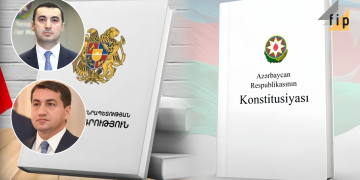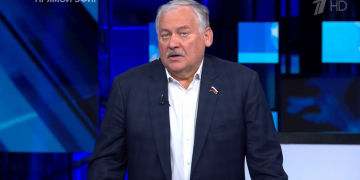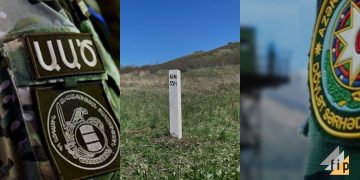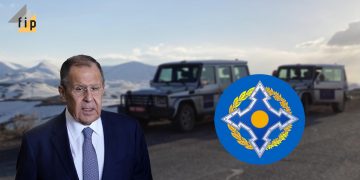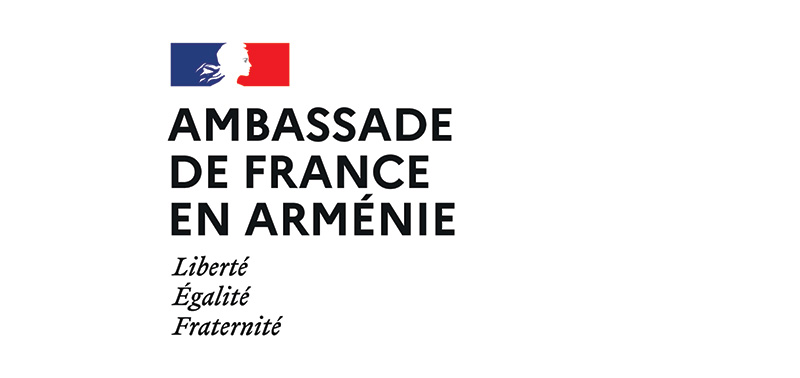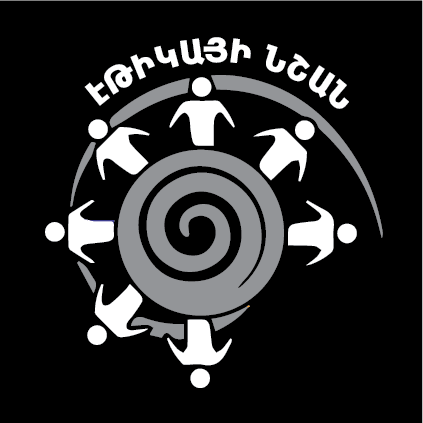On April 26, a police car accompanying the Prime Minister’s motorcade ran over a 28-year-old citizen, who died as a result of the injuries. The tragic incident was widely discussed on the Internet and in the media, giving rise to various interpretations.
The next day, Taron Chakhoyan, Deputy Chief of Staff of the Prime Minister, provided some information about the incident in an attempt to answer public questions on the topic.
According to the post, Prime Minister Nikol Pashinyan did not notice the collision, that is why the motorcade did not stop, and when he saw the woman lying on the ground, he ordered to call an ambulance and find out what had happened.
“The Prime Minister learned that there had been a collision with the accompanying traffic police car as soon as he reached the National Assembly, after which he gave relevant instructions to the Minister of Health and law enforcement bodies,” Chakhoyan’s post reads.
He also answered the questions on why the Traffic Police did not stop to help: “If the accompanying traffic police car stopped, the whole motorcade would stop, blocking all the traffic on the street and causing additional traffic jams in the adjacent streets, thus preventing the ambulance from approaching the scene and the victim. Taking into account such circumstances, according to the internationally accepted regulations, the vehicles accompanying the motorcades of heads of state (in this case, the traffic police) do not have the right to stop in an unplanned place, even in case of accidents.”
The Deputy Chief of Staff of the Prime Minister explains the failure of the motorcade to stop, referring to some regulation, without specifying the document in question. In any case, according to Article 5 of the Constitution, the laws of the Republic of Armenia and international conventions take precedence over by-laws.
On February 8, 2006, Armenia ratified the Convention on Road Traffic, Article 31 of which defines the actions of a driver in the event of a traffic accident. According to this article, the driver involved in the accident shall stop as soon as possible, without causing additional danger to the traffic.
The Convention does not provide for any exceptions to this article. Therefore this article of the Convention applies to everyone, including the motorcade accompanying the Prime Minister. Moreover, the international convention ratified by the Republic of Armenia has precedence over the domestic legislation, including by-laws.
However, domestic law also clearly defines the sequence of actions of the driver in the event of a traffic accident. Article 24 of the Law of the Republic of Armenia on Ensuring Road Traffic Safety defines those cases. Clause 2(d) of the article specifically defines the driver’s behavior in in the event of involvement in the accident. According to the clause:
1․ The driver shall stop the vehicle immediately, turn on the emergency lights in accordance with the traffic rules and not move the vehicle and the objects related to the accident.
2․ The driver shall take the necessary measures to provide first aid to the injured, call ambulance or other specialized services, and in extreme cases, transport the injured to the nearest medical facility by his or other vehicle.
It should be noted that this law does not set out exceptions either. Hence, the law applies to everyone, including the police cars accompanying the Prime Minister’s motorcade.
As for the privileges of vehicles traveling in the motorcade over other vehicles, they are defined by a government decision, in this case, a government decree of 2007.
According to Section 4 of the decree, drivers of vehicles with a blue flashing light may not comply with certain traffic rules when performing urgent service tasks and ensuring traffic safety. Drivers can use that right only after making sure other vehicles give them way. This right shall also be exercised by those drivers whose vehicles are accompanied by vehicles with blue and red flashing lights and a special sound signal. Accompanied vehicles shall have their headlights on.
This part of the decree clearly states which rules of the government decision may not be observed by vehicles with blue and red flashing lights and vehicles with turned on sound signal and accompanied vehicles. These include traffic light and regulator signals, maneuvering, vehicle movement in the carriageway, speed, passing, stopping and parking, crossing intersections, pedestrian crossings, driving across railroad crossings, highways, residential areas, and road signs.
In other words, all the listed cases are exceptions, which allow the motorcade accompanied by police cars with red and blue flashing lights and a sound signal not to obey the established general rule.
However, none of these clauses defines the actions of the police car accompanying the motorcade in the event of an accident, including the privilege of not stopping after the collision.
Even if the actions of the motorcade accompanying the Prime Minister are guided by some secret protocol or regulation, it can not take precedence over the law and the convention, as the protocols are defined by by-laws.
That is, the law of the Republic of Armenia and the international convention oblige the driver involved in the accident to stop the vehicle and assist the victim, and the government’s decisions and protocols are by-laws, and when adopted, they shall comply with the law and the international convention. In other words, the assertion of the Deputy Chief of Staff of the Prime Minister that the car could not stop, as it would be a violation of the protocol, is false.
By the way, during the press conference of March 5, 2019, presenting another 100 facts about the government’s achievements, Prime Minister Pashinyan mentioned: “Fact number 91: The motorcade of the Prime Minister of the Republic of Armenia stops under the red light, except for special cases. These are cases when we are late somewhere, international guests are waiting, etc.․․ “
Narek Martirosyan

 FACTOMETER
FACTOMETER

